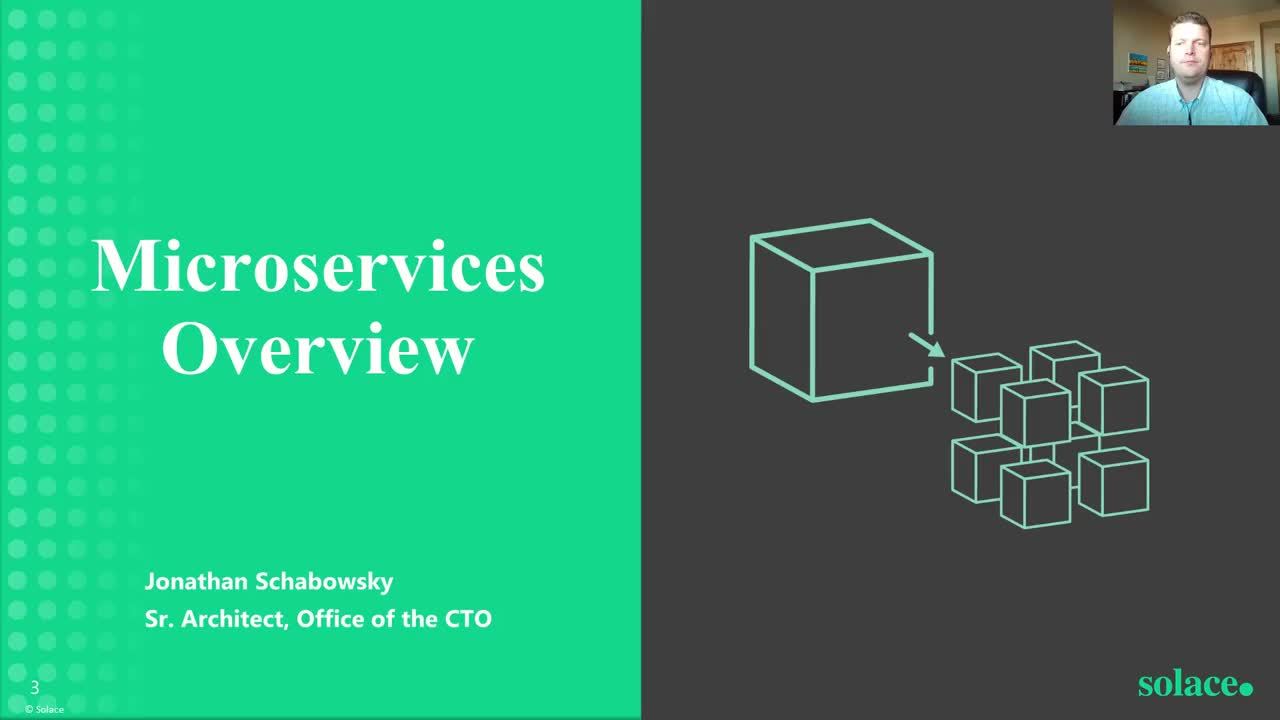Enterprise architects are tasked with the tricky work of analyzing and assessing organizational requirements, making recommendations regarding technology, and designing systems that tie together applications and information sources to achieve business objectives. It’s a demanding job that requires not just a bachelor’s degree or higher in a computer related field and 5-10 years of experience building and deploying enterprise applications, but certifications related to their area of expertise.
The average salary for enterprise architects according to SimplyHired is $132,255, ranging from $91,400 to $185,330, so depending on your area of expertise and qualifications, there’s lots of room to improve your salary and responsibilities if you have the right skills.
Below you will find a list of the hard and soft skills that will make you the most valuable enterprise architect possible for your current (or future) organization.
An Understanding of IT Architecture and Technologies is Fundamental
Enterprise architecture is the process by which an organization (or enterprise) aligns its business objectives with IT infrastructure. The strategies needed to execute this powerful approach involve those at the highest level of the business.
IT capabilities and investments are guided by their alignment with the needs of the business as a whole. Enterprise architects must understand the strategy and develop the best way to execute it.
As the need to ensure legacy programs, procedures, and technology are carefully managed to align and transform towards modern practices – through digital transformation or IT modernization – the enterprise architect must possess the skills of a technical specialist as well as those of a technical leader.
These are some of the frameworks and technologies employers value in enterprise architects:
- TOGAF – The Open Group Architecture Framework (TOGAF) is a proven methodology to help enterprises define and organize business requirements and align them with IT goals.
- Zachman Framework – The Zachman Framework is a formal and structured view and definition of a given enterprise. Understanding the Zachman Framework is important as it is a fundamental structure for enterprise architecture.
- Enterprise Applications – This one will vary greatly depending on where your interests reside or whether you are targeting a particular industry (eCommerce, blockchain, etc.) or specialization within an application platform (Hadoop, SAP, Oracle, etc.).
- DevOps – The rise of the “agile” culture has shifted development focus from slow and steady to fast and flexible. Understanding how automation, analytics, and integration coexist within the overall architecture of the enterprise is important as it impacts your IT strategy.
- Cloud Infrastructure – The increasing popularity of clouds like AWS, Azure, Google, Alibaba and Huawei as an environment for enterprise computing means you must understand cloud- and service-driven business models and how to incorporate them into your infrastructure and business processes.
Demonstrate Your Value as an Enterprise Architect Through Soft Skills
These technical skills are tablestakes when it comes to being valuable to prospective employers, but exhibiting emotional intelligence and other soft skills will give you a real competitive edge as an enterprise architect.
That’s because much of your work as an enterprise architect will be to work with a wide range of people; you’ll need to understand not only the technologies and tools at your disposal but the needs and preferences of business analysts and department heads, customers and partners, developers, executives and more.
Here are the top 6 soft skills successful enterprise architects must possess in order to successfully work with and satisfy those diverse stakeholders:
- Problem formulation: Defining the real issues that need to be addressed, as well as the additional variables and relationships that may affect their resolution.
- Solution shaping and problem solving: Exploring the “art of the possible” to come up with solutions that effectively address the issues at hand through analysis, troubleshooting, research, evaluation, and communication.
- Consensus building: Getting agreement on the problem and solution requires building a common understanding across all of those involved. This requires both verbal and written communication skills to settle conflicts and secure buy-in on work that requires cooperation.
- Solution realization: Turning solution proposals into reality in a way that effectively addresses known and new issues raised by all stakeholders throughout the process of development, testing and deployment.
- Solution management: Managing the solution through its natural lifecycle, including stakeholder updates, budget requirements, and evaluation.
- Leadership: Strong leadership skills are needed to empower employees and IT teams to remain on task and delivering on time.
The Benefits of Enterprise Architect Certifications
Certifications require you to demonstrate your knowledge of enterprise architecture tools, frameworks and strategies that can be applied to any business. Certifications show employers that your enterprise architecture skills have been tested and validated by a third party.
Here are just some of the certifications that will help you demonstrate your expertise in the area of enterprise architecture:
- Certified Information Security Manager (CISM) certification
- Certified Information Systems Auditor (CISA) certification
- Certified Information Systems Security Professional (CISSP) certification
- The Open Group Architecture Framework (TOGAF) 9 certification
- Associate Certified Enterprise Architect (ACEA) Green Belt Program
- Certified Enterprise Architect (CEA) Black Belt Program
- CISSP Information Systems Security Architecture Professional (ISSAP)
- Zachman Enterprise Architect Associate/Practitioner/Professional/Educator Certification
Demand is especially high these days for enterprise architects with training, knowledge, and experience in the areas of event-driven architecture and microservices. Check out this post to learn about useful certifications: 5 best microservices certifications for enterprise architects.
What You Can Do Now to Develop Skills
It’s said that the only place where ‘success’ comes before ‘work’ is in the dictionary. Developing the hard skills will always work best as a combination of certifications and on-the-job experience. You will need training and professional guidance one way or another to advance your career.
Soft skills are a bit different. Think beyond IT for this experience. Get to know your organization from an HR perspective, a financial perspective, and an overall operational perspective. Don’t hide under your title or limit yourself to exploring only the technology departments.
Start with your boss and work from there. Once you have an idea of the overall organization, actively seek to create value by identifying key project deliverables to other lines of business and ensure they are delivered without delay or complications.
You want to be known as a dependable resource and, over time, your credibility will build as a solid collaborator and individual performer.
Take the time to invest in people. Ensure your interactions are meaningful and not just one-sided. By forming meaningful relationships, you will forge strong bonds throughout the business operations that will support you when you need to integrate disruptive technologies.
Final thoughts
Although knowing that this is not a career to be taken lightly, you do have the ability to grow into an enterprise architecture role over time using any combination of the above suggested skillsets and certifications.
We have seen an uptick in enterprise architects seeking out experience specifically in the area of microservices architecture for enterprises as this has become a major enabler of business agility and scalability.
Watch this video to learn more about unlocking the potential of microservices for your organization or download this whitepaper, the architect’s ultimate guide to building microservices architecture.

Explore other posts from category: Uncategorized

 Solace
Solace
